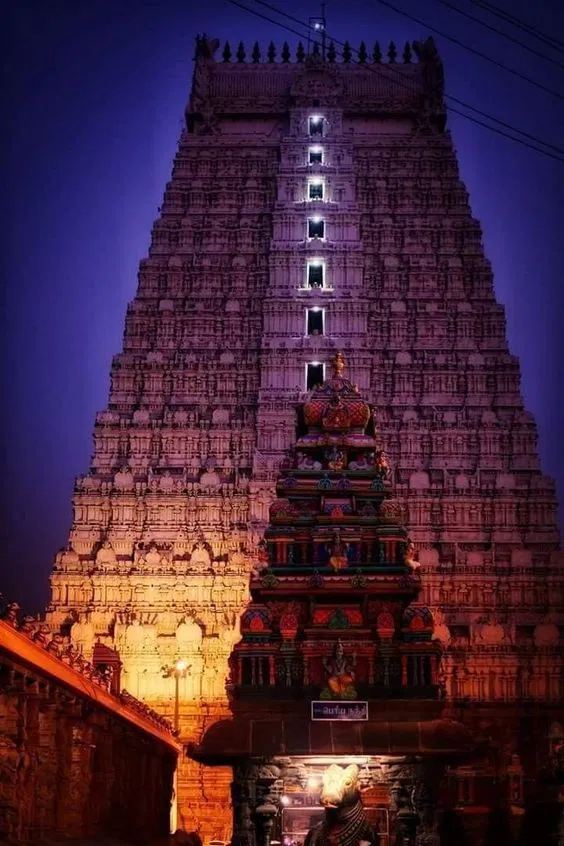The Historical Significance of Sri Venkateswara Temple
Situated atop the sacred Tirumala Hill in India, the Sri Venkateswara Temple stands as one of the most celebrated temples in the nation. Devotees from around the world visit this historic and spiritual landmark to pay their respects to Lord Venkateswara and seek his divine blessings. The temple’s origins trace back to the time of the Chola dynasty, particularly under the reign of Kulothunga Chola II, who commissioned its construction following his victory over the Western Chalukyas.

Architectural Marvels and Religious Traditions
The Sri Venkateswara Temple is renowned not only for its divine significance but also for its stunning architecture. The temple complex features intricate carvings, towering gopurams (gateways), and an imposing sanctum that houses the revered idol of Lord Venkateswara. Each year, the temple plays host to a range of religious festivals and rituals that draw millions of devotees, making it one of the most visited sacred sites globally.
How to Reach Tirumala Hill
Accessing the Sri Venkateswara Temple is relatively straightforward for visitors. The temple is located approximately 22 kilometers from Tirupati, a city that serves as a major transit hub. Upon arriving in Tirupati, visitors can opt for taxis or bus services to reach the temple atop Tirumala Hill. The road to Tirumala is well-maintained, ensuring a comfortable journey for spiritual seekers and tourists alike.
The pilgrimage to the Sri Venkateswara Temple is an enriching experience that offers a profound connection with India’s rich cultural and spiritual heritage. Whether drawn by faith or the sheer beauty of its architecture, the temple remains an enduring symbol of devotion and architectural grandeur.
